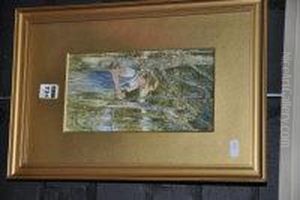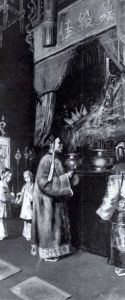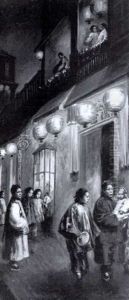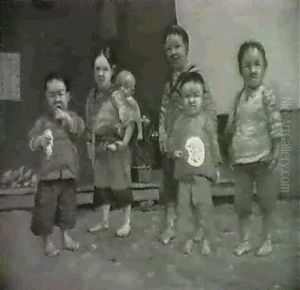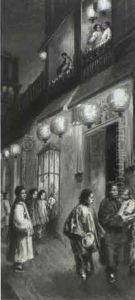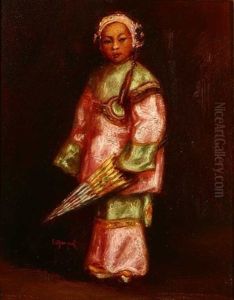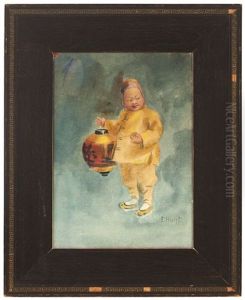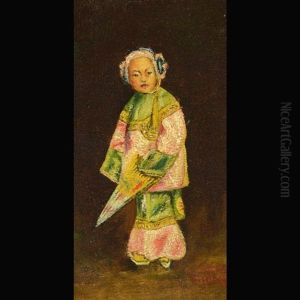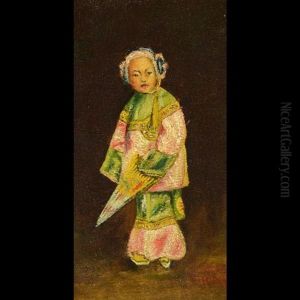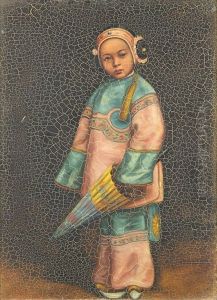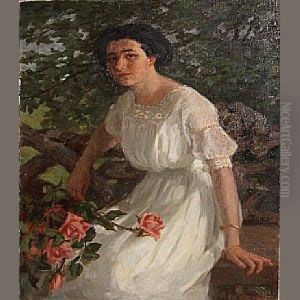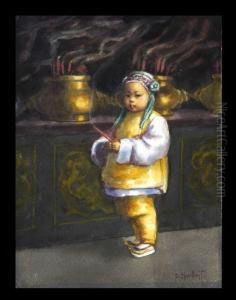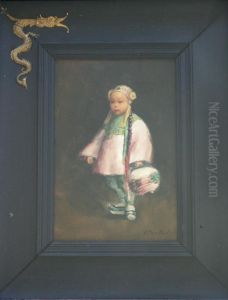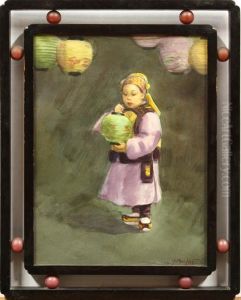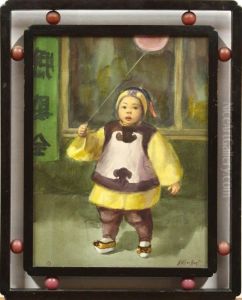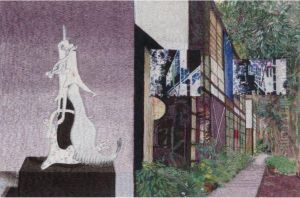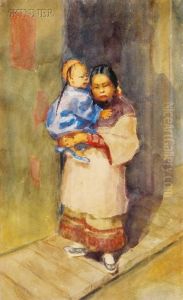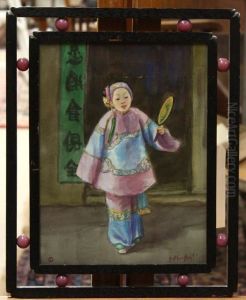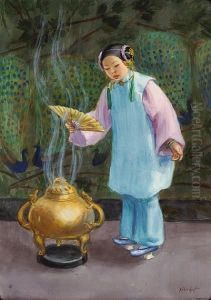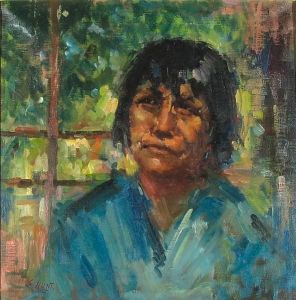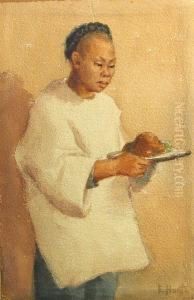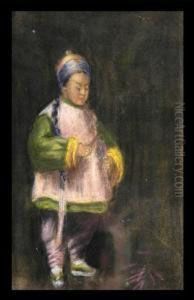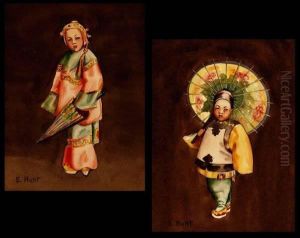Esther Anna Hunt Paintings
Esther Anna Hunt was an American artist born in Grand Island, Nebraska, in 1875. She developed an early interest in art, which was supported by her family. Hunt moved to California with her family in the late 19th century, where she would later become well-known for her contributions to the early California art scene. She studied art at the San Francisco Art Institute, one of the oldest and most prestigious art schools in the United States. Hunt was particularly influenced by the Arts and Crafts Movement, which emphasized handmade over mass-produced goods, and this philosophy deeply informed her approach to art-making.
In the early 20th century, Hunt began to gain recognition for her distinctive portraits, especially those depicting Chinese children. These portraits, characterized by their vibrant colors and expressive subjects, became highly sought after by collectors. Hunt's work was influenced by her surroundings and the cultural diversity of California. She often visited San Francisco's Chinatown, drawing inspiration from the people and the environment there. This interest in Chinese culture and people was somewhat unusual for an American artist of her time, reflecting a broader curiosity and respect for different cultures.
Hunt's artistic career was also marked by her innovative use of mediums. She was particularly adept at chalk and watercolor, but she is most famous for her work in plaster. Hunt created a series of plaster bas-relief portraits that were both delicate and expressive. These works further established her reputation in the art world, showcasing her skill in capturing the essence of her subjects with a unique medium.
Despite her success, Esther Anna Hunt remains a somewhat overlooked figure in American art history. Her contributions to the California art scene and her unique focus on Chinese subjects distinguish her work from that of her contemporaries. Hunt continued to create art throughout her life, contributing significantly to the cultural and artistic heritage of early 20th century America. She passed away in 1951, leaving behind a legacy of innovation and cross-cultural appreciation in her art.
